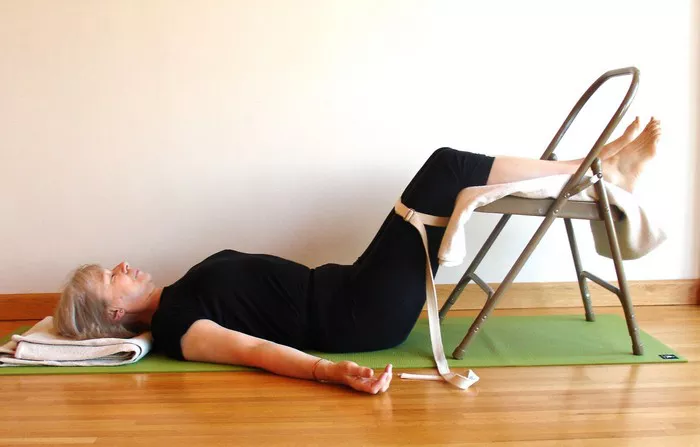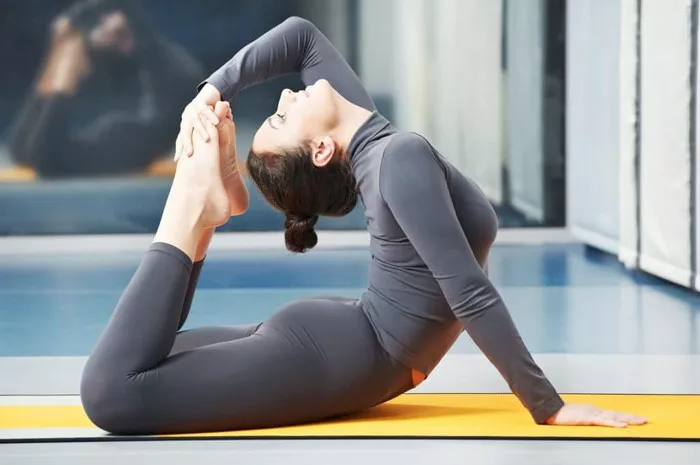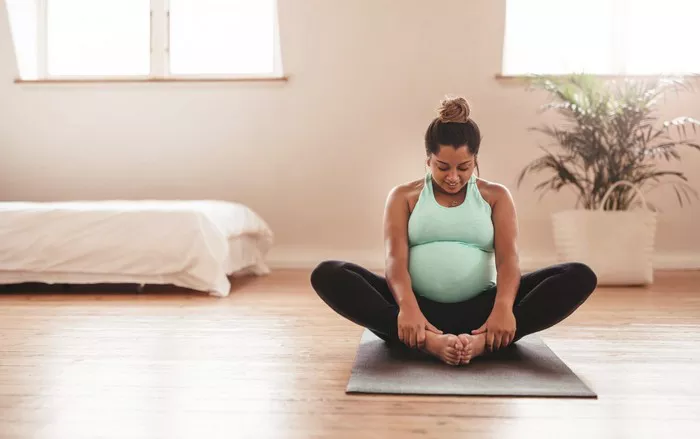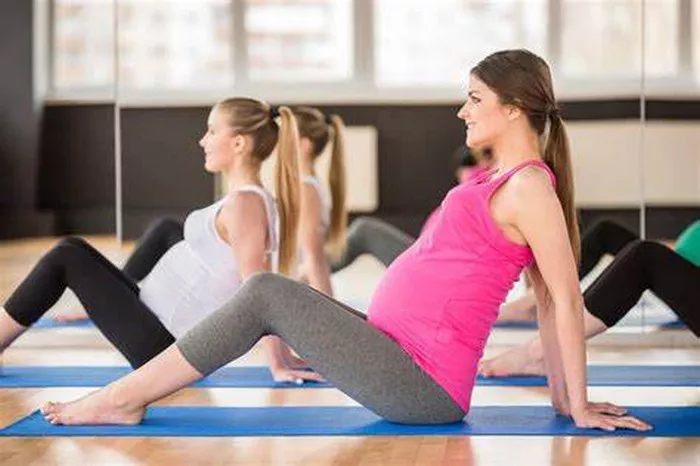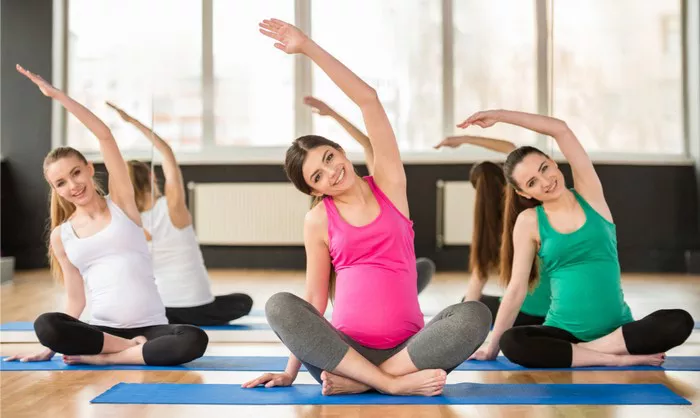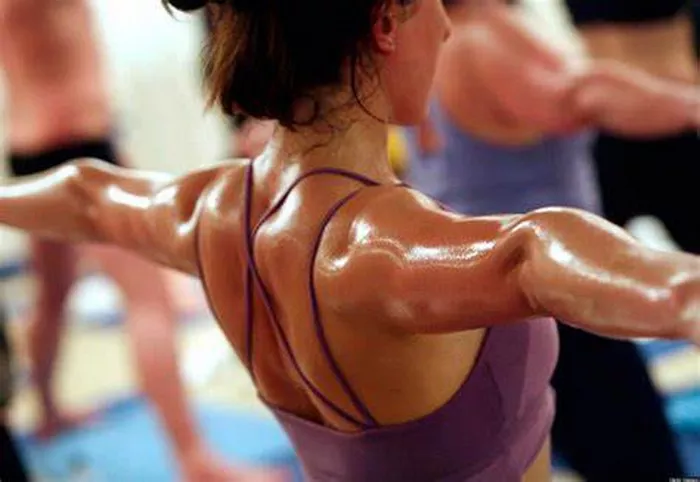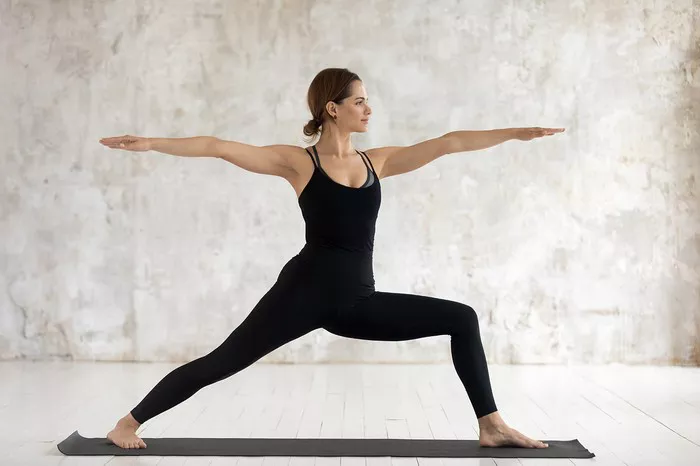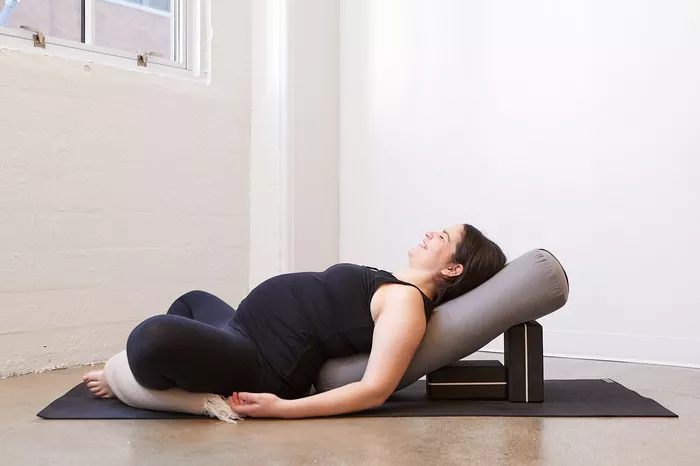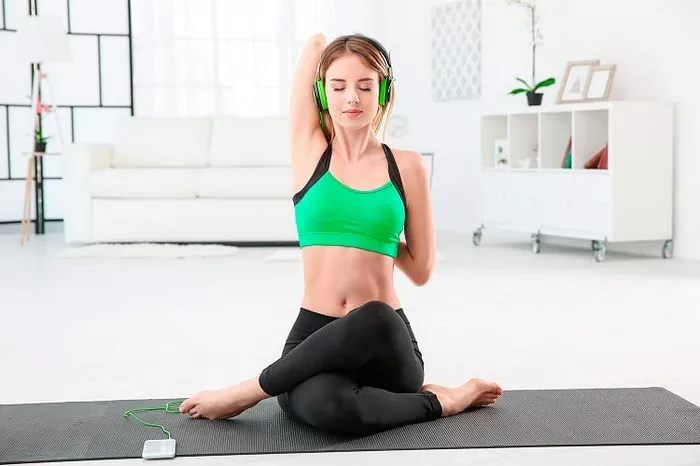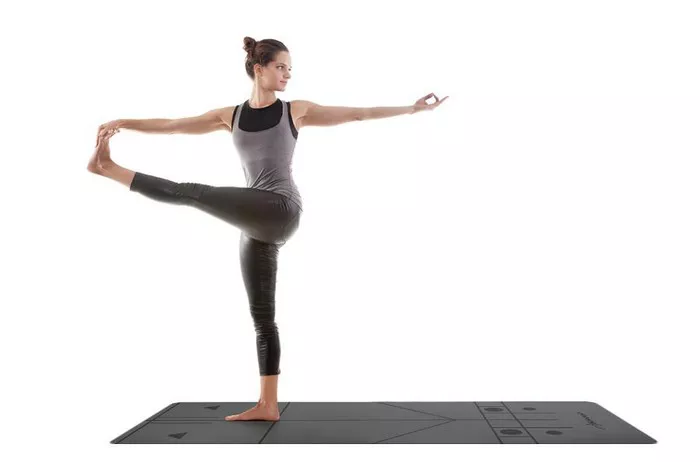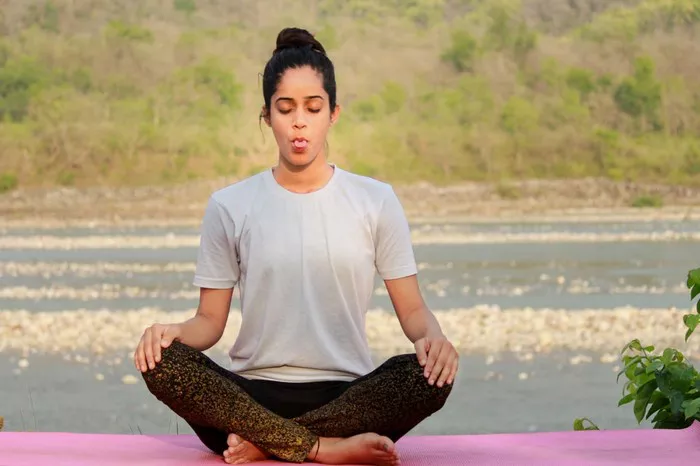Aerial yoga has been gaining popularity in recent years, attracting a wide range of practitioners due to its unique combination of traditional yoga and acrobatics. The use of a hammock or fabric sling suspended from the ceiling creates a new dimension in yoga practice, allowing practitioners to explore inversions, flexibility, strength, and balance in ways that are not possible on the floor. However, one of the most common misconceptions about aerial yoga is the belief that flexibility is a requirement for participating in this form of exercise. So, do you really need to be flexible to do aerial yoga? Let’s dive into this topic and clear up the confusion.
Understanding Aerial Yoga
Before addressing the flexibility question, it’s important to understand what aerial yoga is and what it entails. Aerial yoga, also known as anti-gravity yoga, combines elements of traditional yoga with the use of a hammock, swing, or fabric sling that is suspended from the ceiling. This setup allows the practitioner to engage in poses while being partially or completely off the ground, which provides a deeper stretch, promotes spinal decompression, and enhances body awareness.
Aerial yoga typically includes a variety of poses, ranging from basic asanas to more advanced inversions and acrobatic movements. The hammock or sling offers support during many poses, allowing practitioners to explore different movements safely and comfortably. The practice focuses on increasing strength, flexibility, balance, and coordination, while also providing an element of fun and playfulness due to the floating nature of the practice.
The Flexibility Myth
It’s natural for people to assume that flexibility is a must when it comes to any form of yoga, and aerial yoga is no exception. This belief stems from the fact that many yoga poses, particularly in more traditional styles like Hatha or Vinyasa, require flexibility to perform them correctly. It’s also true that aerial yoga often involves some stretches and poses that demand a certain level of flexibility, especially in the hips, hamstrings, and shoulders.
However, the notion that you need to be highly flexible to practice aerial yoga is a misconception. While flexibility can certainly enhance your practice, it is not a strict prerequisite. In fact, aerial yoga can help improve your flexibility over time as it encourages deep stretching and helps lengthen muscles through gravity-assisted poses. The hammock itself provides support, making it easier to stretch into poses that might feel difficult or intense on the ground.
How Flexibility Plays a Role in Aerial Yoga
While flexibility is not a requirement, it does play an important role in certain aspects of aerial yoga. Here are some of the ways flexibility contributes to your practice:
Ease of Inversions: Aerial yoga often includes inverted poses, such as hanging upside down in the hammock. Flexibility in the spine, hips, and legs can help ease into these positions, allowing you to feel more comfortable and relaxed during inversions. However, you don’t need to be hyper-flexible to enjoy the benefits of these poses. The hammock helps support your body weight, and over time, your flexibility will naturally improve.
Deep Stretching: Aerial yoga facilitates deep stretching because of the unique gravity-assisted nature of the practice. For example, poses that target the hamstrings, hips, or lower back can feel much more intense and effective when using the hammock, as it allows you to elongate the muscles and achieve a greater range of motion. Flexibility in these areas will help you feel more at ease during these stretches, but it’s not required to start.
Strengthening Muscles Through Stretching: Aerial yoga’s combination of flexibility and strength training allows you to target muscles in new ways. While flexibility is important, aerial yoga emphasizes engaging muscles to support and deepen stretches. This leads to improved flexibility over time, even for beginners.
Balance and Alignment: Aerial yoga encourages proper alignment and balance by using the hammock as a prop for stabilization. As your body becomes accustomed to the suspension and the adjustments required in different poses, your balance improves. Although flexibility can help with balance, even individuals with limited flexibility can find success by focusing on strengthening and engaging the muscles that support their movements.
What You Really Need for Aerial Yoga
So, if you don’t have to be flexible, what do you need to practice aerial yoga effectively? Here’s what really matters:
Willingness to Try: One of the most important things you need to start aerial yoga is a willingness to try new things and embrace the unknown. Aerial yoga is about exploration, pushing the boundaries of what your body can do, and having fun in the process. If you approach the practice with an open mind and a sense of curiosity, you will find that it becomes more accessible, regardless of your flexibility level.
Strength: Aerial yoga requires strength—particularly in the core, arms, and legs. Many of the poses and transitions require engaging your muscles to support your body weight, especially when holding yourself in the air. While strength is something that develops over time, building a foundation of core and upper body strength will help you feel more confident in your practice.
Patience: Like any form of exercise, progress in aerial yoga takes time. Don’t be discouraged if you can’t immediately achieve certain poses or if your flexibility is not as developed as you would like it to be. Aerial yoga is all about gradual improvement, and the more you practice, the more flexibility and strength you will gain. Patience is key in allowing your body to adjust and grow into the practice.
Trust in the Equipment: The hammock provides support, and learning how to trust it is a key part of your practice. Initially, some students may feel nervous about the idea of being suspended in the air, but over time, you’ll become accustomed to the hammock and the safety it offers. Having trust in your instructor and the equipment is essential to feeling confident and secure.
Guidance from an Experienced Instructor: Aerial yoga can be intimidating for beginners, so having an experienced instructor is essential for safety and proper technique. An instructor can help you understand how to engage your muscles correctly, modify poses based on your abilities, and ensure that you are progressing at a pace that is appropriate for you. They will also guide you through the proper use of the hammock, which is crucial for preventing injury.
The Benefits of Aerial Yoga for Beginners
For beginners, aerial yoga offers a unique and supportive environment to explore movement and flexibility. Here are some of the key benefits of starting aerial yoga, even if you don’t have an extensive background in flexibility:
Improved Flexibility Over Time: As mentioned, flexibility is not required to begin, but aerial yoga can certainly help improve your flexibility. The gravity-assisted stretching helps lengthen muscles and improve joint mobility, making it a great choice for individuals who want to increase their range of motion.
Spinal Decompression: One of the most notable benefits of aerial yoga is the ability to decompress the spine. In traditional yoga, many poses can create tension in the back, but the hammock provides support that helps lengthen the spine and alleviate pressure from the vertebrae. This is particularly beneficial for people with back pain or anyone who spends long hours sitting.
Enhanced Body Awareness: Aerial yoga forces you to engage different parts of your body, from your core to your arms and legs. The support of the hammock allows you to focus more on proper alignment and body awareness without the strain of holding your body weight entirely with your muscles. This can lead to a greater understanding of how your body moves and functions.
Increased Strength and Endurance: Aerial yoga strengthens the body in a balanced way. The use of the hammock assists with more challenging poses, but the practitioner still needs to use their own strength to maintain these poses. This leads to increased endurance, muscle tone, and overall strength.
Stress Relief and Mental Clarity: Like traditional yoga, aerial yoga is a great way to relieve stress and clear your mind. The combination of movement, breathwork, and relaxation in the hammock promotes a sense of calm and mental clarity. The physical support of the hammock also gives you a sense of security, allowing you to fully relax into poses and let go of any tension.
Conclusion
In conclusion, you do not need to be flexible to practice aerial yoga. While flexibility can enhance your experience, it is not a requirement to start or enjoy the practice. Aerial yoga is accessible to individuals of all flexibility levels, and over time, it can help you improve both flexibility and strength. The key is to approach the practice with an open mind, trust in the equipment, and give yourself the patience to progress at your own pace. Whether you’re new to yoga or an experienced practitioner, aerial yoga can offer a fun, supportive, and challenging way to improve your physical and mental well-being. So, no matter where you stand in terms of flexibility, aerial yoga is a great way to explore your body’s capabilities and unlock its potential.
Related Topics:

